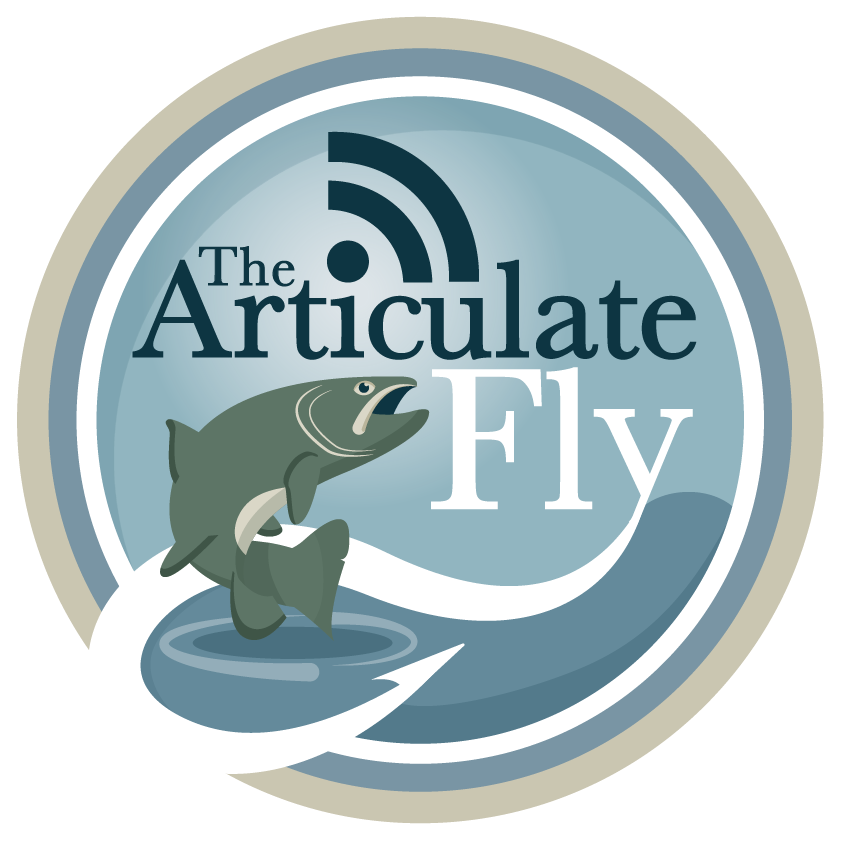Change with the Seasons and Don't Tread on the Redds
As the heat of Summer gives way to the crispness of Fall, we should pause to consider this seasonal shift’s impact on our trout fishing. The shorter days and cooler nights result in cooler water temperatures. With water temperatures in their “sweet” spot, trout begin to feed more actively. The signal that Winter is coming provides an additional incentive to put on the feedbag. This explains the effectiveness of the streamer game. As we move into the heart of Winter, things slow down considerably. Dramatically colder water temperatures radically reduce the amount of available food and slow a trout’s metabolism to a crawl. As a result, you will often find trout podded up in slow, deep water to win the calories in calories out battle.
The cooler weather also affects a trout’s food. The hatches that have bookended the mornings and early evenings of our fishing days are pushed into the warmest part of the day - the middle. In the heart of Winter, fishing may only turn on for a couple of hours in the early to mid-afternoon. With hatches confined to mid-day, terrestrials like crickets, beetles and hoppers can be particularly effective early and late in the day - at least until you get a few, good hard frosts. In the Winter, be particularly methodical with your nymphing. Make your drifts closer together. The trout are lethargic and generally won’t move very far for a meal. Tempt them with something juicy!
Please indulge me for a quick public service announcement. Fall is also spawning season for brown trout and brook trout. In preparation for spawning, trout will prepare a nest, or redd, in the streambed. You can spot a redd by looking for an area (often circular) that is cleaner than its surroundings. The contrast can often be quite striking. If trout are on a redd, PLEASE don’t fish to them. You can disrupt the mating process or leave the redd vulnerable to predators. As you wade, PLEASE be careful not to tread on redds. Your footsteps can crush the eggs protected in the nooks and crannies of the stream bottom. Protecting spawning trout and their redds is one small step we can all take to ensure the health of our fisheries.
At The Articulate Fly, we love questions! Please post a comment or send us your question. You can also message us on Facebook or Twitter.



